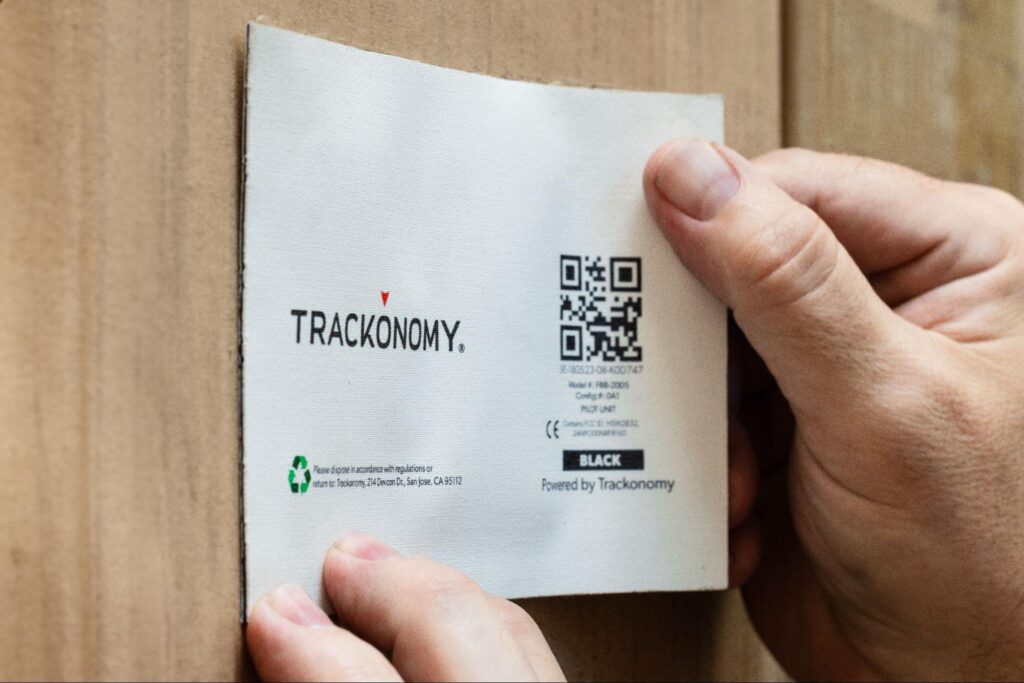Trucking keeps America moving. In 2024 alone, trucks hauled 11.27 billion tons of freight across the country. However, delays can disrupt supply chains and cost money. Full truckload tracking (FTL tracking) gives you eyes on every shipment so you can fix problems before they ruin your delivery schedule and send customers looking elsewhere.
For shippers, understanding the range of freight shipping options available is essential for optimizing your supply chain. Leading providers host a variety of logistics services, supported by an extensive network and a diverse fleet to meet different shipping needs.
Introduction to Freight Shipping Services
Freight shipping services are the backbone of modern logistics, enabling businesses of all sizes to move goods efficiently across the country and around the world. Whether you’re shipping a single pallet or a full truckload, understanding the range of freight shipping options available is essential for optimizing your supply chain. Freight shipping encompasses both Less Than Truckload (LTL) and Full Truckload (FTL) services, each designed to meet different shipping needs and volumes.
What Is FTL Tracking?
Full truckload (FTL) shipping means one customer’s freight fills an entire trailer from origin to destination without stops at distribution centers or transfers to other vehicles. FTL tracks these shipments in real time using GPS devices and sensors installed on trucks and trailers. The ability to track FTL shipments ensures on-time service and demonstrates a committed approach to customer satisfaction.
The technology captures location data and movement patterns continuously throughout the journey. This information connects directly to your logistics platform, so you can see exactly where each truck sits, how fast it’s moving, if it’s stuck anywhere, and when it will arrive at its destination. The tracking system operates seamlessly, supported by a dedicated team that monitors every stage of the journey.
Shippers know their freight is moving as planned, while freight carriers can prove on-time performance and quickly address any issues. Both sides benefit from the same accurate information instead of having to call each other all the time.
Common Causes of Delays in FTL Shipping
Even the best-planned routes from carriers like FedEx Freight face unexpected problems that can throw off your entire delivery schedule. In the event of unforeseen circumstances, even the most carefully planned appointments can be disrupted, no matter how prepared you are. In 2024, traffic congestion cost drivers an average of 43 hours of lost time, which adds up to roughly one full work week sitting in gridlock. These are the biggest culprits behind FTL delays:
- Traffic and weather disruptions: Highway accidents and construction zones cause bottlenecks that can add hours to delivery times. A single winter storm can shut down entire interstate corridors, or a hurricane could cause road damage that forces drivers to take chaotic detours. No matter how well you schedule your appointment, an unexpected event like a major accident or severe weather can still cause significant delays.
- Mechanical failures: Tire blowouts and engine problems force drivers to pull over for emergency repairs that can take hours or even days. In the event of a breakdown, it doesn’t matter how close you are to your destination—delays are often unavoidable.
- Inefficient route planning: Routes planned without current traffic data or bridge weight restrictions send trucks down paths that waste time and fuel. Manual planning misses opportunities to avoid known problem areas or adjust for current conditions, which means drivers find out about issues only after they’re stuck dealing with them. No matter the technology used, an unexpected event can still disrupt the most efficient plans.
How FTL Tracking Solutions Reduce Delays
Real-time GPS tracking and telematics data identify problems before they turn into disasters. If a truck hits unexpected traffic, you can immediately calculate new arrival times and notify customers about potential delays instead of letting them find out when the truck doesn’t show up on time. Ground transportation tracking is especially valuable for high-volume shipments and when coordinating with different carriers, as it helps ensure timely delivery and efficient logistics management.
Additionally, advanced tracking solutions with predictive analytics take this further by analyzing traffic patterns and historical route data to suggest better paths before drivers even start their engines. If anything comes up, the system automatically updates everyone involved without having to make a single call. Consolidating shipment information from multiple carriers makes it easier to ship goods efficiently and manage logistics at scale. Customers, warehouse staff, and logistics managers all receive the same information at the same time.
Building Customer Confidence Through Transparency
Live shipment updates eliminate the anxiety customers feel when they have no clue where their freight service is or when it will arrive. Real-time tracking is especially valuable for consumers who rely on accurate delivery information to plan for door-to-door receipt of goods, ensuring they are prepared to receive shipments at their specified location. You can share tracking links that show real-time location data with your customers so they have the same visibility as you, without having to call or email you for updates.
Customers plan their receiving operations and staffing needs much more effectively with accurate ETAs backed by data for a timely delivery. For example, a business can adjust staffing schedules based on updated delivery times, ensuring the rest of their operations continue efficiently without unnecessary downtime.
This transparency provides peace of mind and builds long-lasting relationships because customers know you’ll immediately tell them about problems instead of hiding delays until the absolute last minute. Research shows that over three-quarters of companies think real-time visibility is a must, yet nearly half still haven’t implemented it—which means you gain a major competitive advantage when you can offer what your competitors can’t.
How Trackonomy Enhances FTL Tracking

Trackonomy monitors your trucks and trailers without coverage gaps or dead zones that leave you in the dark. The system captures precise location data and equipment status updates that flow directly into your existing logistics platforms without requiring you to learn brand new systems.
Predictive analytics built into the platform flag potential delays before they happen by constantly analyzing traffic patterns and route characteristics. You get early warnings that let you reroute trucks or notify customers proactively instead of scrambling to fix problems at the last minute.
Trackonomy supports tracking for a wide range of equipment, including reefer trailers for temperature-sensitive cargo, shipments loaded on pallets, and both LTL shipments and FTL freight. The platform streamlines documentation processes, such as preparing an invoice, and offers flexibility compared to other means of shipping. With regional coverage in California, Florida, Texas, New Jersey, and York, Trackonomy delivers efficient logistics solutions tailored to your service area.
Get started with Trackonomy today to upgrade your FTL operations with visibility that works when you need it most.
